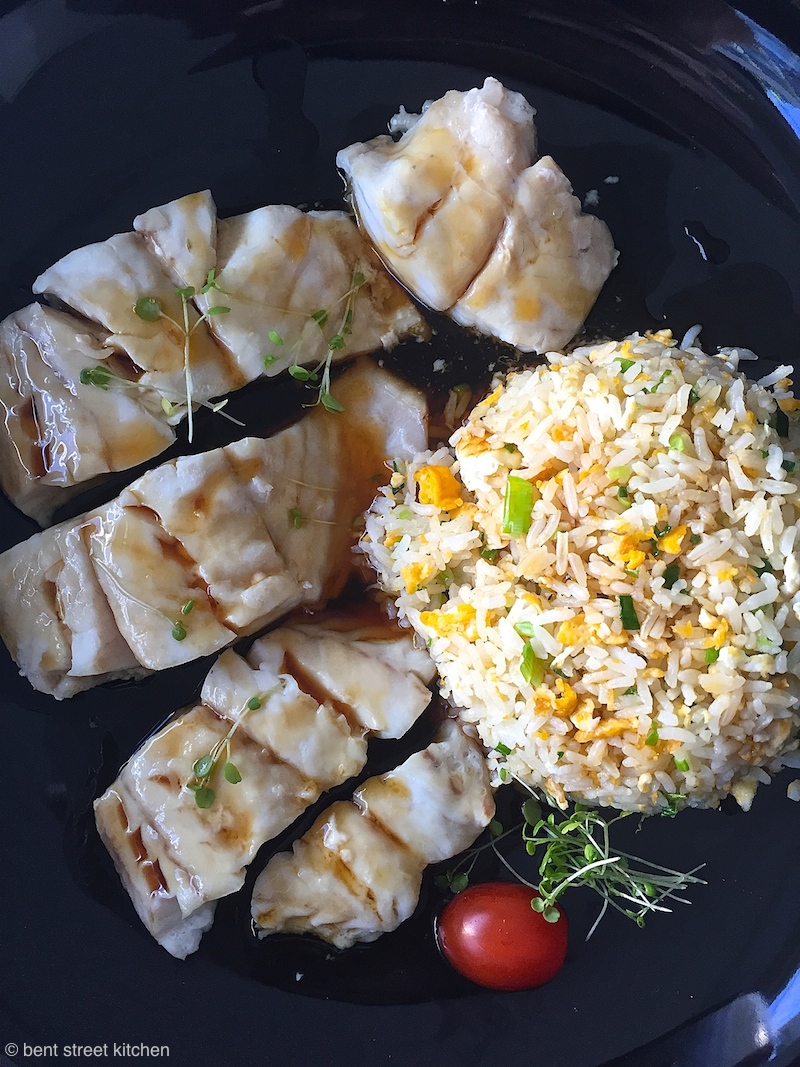strawberry syrup
1 c chopped strawberries
1/2 c caster sugar
1/2 c water
Method:
Place all ingredients in a small saucepan. Heat over medium high heat and bring to the boil. Reduce heat to medium low heat and cook for 20 mins or until the sauce has thickened. Cool then store in the refrigerator until needed.
You can make this a day head and use the leftovers for toast, scones or milkshakes.
strawberry filling and icing
450 ml thickened cream
45 g icing sugar
2 t gelatine powder
4 T cold water
1 cup finely chopped strawberries (about 140 g)
8-12 strawberries (depending on size), halved lengthwise, to decorate the top of the cake
strawberry syrup
Method:
Brush some strawberry syrup on the two cut sides of the cake.
If you happen to get a batch of sour strawberries, you can sweeten the chopped strawberries by adding 1-2 T of the strawberry syrup.
Beat the thickened cream with an electric mixer until soft peaks form. Add icing sugar and beat until sugar has dissolved.
In a small saucepan, place 4 T of cold water and then sprinkle gelatine powder over it. Let it stand for 5 mins. Place over very low heat, stirring constantly, just until the gelatine dissolves. Remove from heat. Cool until it reaches the temperature of your finger. Do not let it cool past this point or it may solidify.
In a small bowl, place 1 T of the whipped cream and gradually stir in the cooled gelatine until well combined. Replace this mixture back into the bowl of cream. Whip the cream until stiff.
Spread 6-7 T of cream on one of the cake halves. Arrange the chopped strawberries on top. Cover with another 5 T of cream. Sit the other cake half on top, cut side down. Use the remaining cream to cover the top and sides of the cake, working quickly before the gelatine sets.
Place the strawberry halves on top of the cake and drizzle with a bit of strawberry syrup. Place in the refrigerator until ready to serve.
Note: You will need about 3 x 250 g punnets of strawberries for the entire recipe, with some leftover.
Optional: top with rose petals or other edible flowers. Try to get home-grown roses from your own garden or someone else's so you where pesticides haven't been used.
Serves 8-10.
Click here for printer friendly recipe.
























